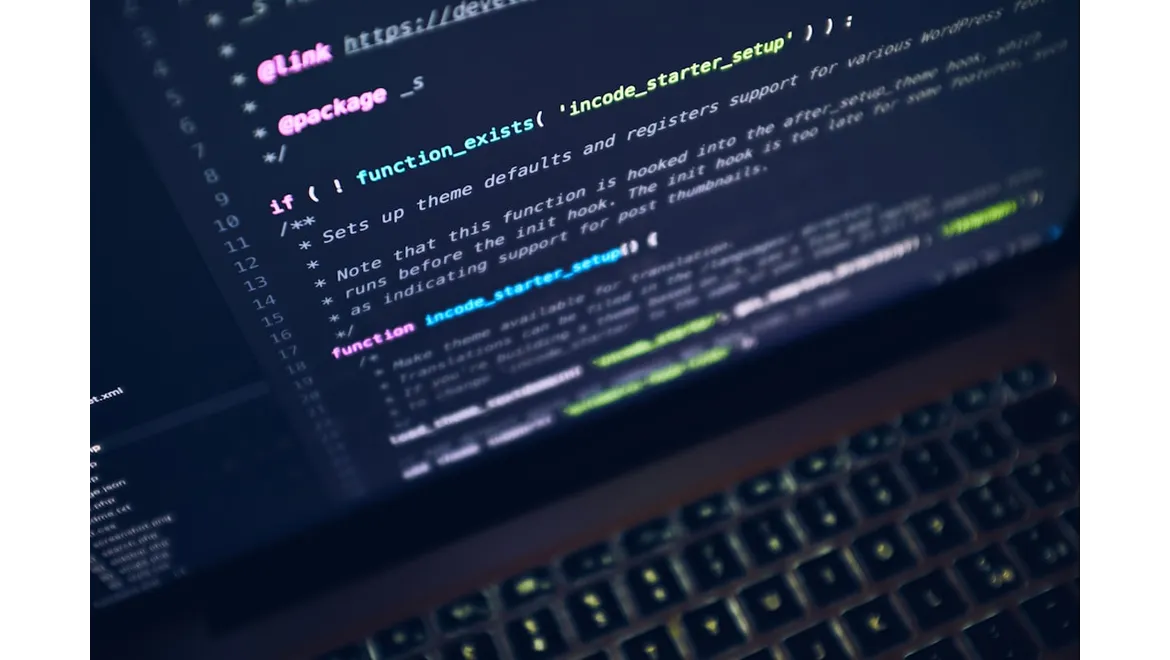Right, so I was chatting with Yasmin the other day about how we could really shake things up with event invitations, make them feel, well, personal. We were brainstorming about innovative ideas for using email to create a totally bespoke experience, tailored to each individual using the magic of AI and data tracking. Specifically, we were laser-focused on personalising event invites and helping people find the right networking opportunities. It was quite the rabbit hole, but a rewarding one!
“Imagine,” I said, “instead of a generic blast about our conference, we send out video invites generated by AI, specifically mentioning the recipient’s research area or a project they’re working on!” Yasmin, ever practical, immediately wanted to know how feasible that was.
Well, the first step, naturally, is data. You need to feed your AI engine solid information about each potential attendee. Think about their LinkedIn profile, past conference attendance (if you have that data), published papers, or even things they’ve tweeted about that relate to your event’s themes. The more you know, the better the AI can tailor the invitation.
Now, for the cool bit – the AI. There are several AI platforms that can generate videos from text or from templates. You can craft a basic video template, and then use AI to personalise elements. For instance, you could have the AI insert the recipient’s name, mention their company, or highlight a speaker whose work aligns with their interests. It’s crucial the script is pre-approved and is factual, so avoid unsubstantiated or speculative details.
“Okay,” Yasmin interjected, “but how do we ensure it doesn’t feel creepy? No one wants to feel like they’re being spied on!” A valid point. The key is transparency and value. The video should clearly demonstrate why the event is relevant to the recipient, not just say their name. For example, instead of saying “Hey Yasmin, we know you work at X”, the video could say something like, “Yasmin, given your work on sustainable energy solutions at X, we thought you’d find our keynote speaker, Dr. Green, particularly insightful. She’s revolutionising battery tech.”
Beyond the personalised video invitations, we also discussed the potential for using AI to recommend relevant networking opportunities within the event itself. Imagine this: using AI to analyse attendee profiles and suggesting specific people to connect with, based on shared interests or complementary skill sets.
To make this happen, before the event, you would need attendees to complete detailed profiles, outlining their interests, expertise, and what they’re hoping to get out of the conference. The AI then uses this data to identify potential connections, proactively suggesting meetings or highlighting relevant sessions where these connections might occur.
Another idea we explored was generating personalised email introductions before the event. The AI could draft an email on behalf of attendee A, introducing them to attendee B, explaining why they might benefit from connecting. Something like: “Dear Yasmin, Our AI has identified John Smith as someone you may wish to connect with at our upcoming conference. John’s work focuses on AI in marketing, and based on your profile and the work you have done we felt this connection might be mutually beneficial.”
We also debated the ethical considerations of data use. It’s essential to be upfront about how you’re using attendee data and to provide clear opt-out options. GDPR and other data privacy regulations need to be strictly adhered to.
We agreed that a truly personalised email strategy requires careful planning, the right AI tools, and, most importantly, a commitment to providing genuine value to the recipient. Done right, it’s not just about boosting event registration; it’s about creating meaningful connections and fostering a sense of community. It’s about making each individual feel seen and understood. This approach can create an enhanced experience and can significantly improve the long-term success of future networking events.











